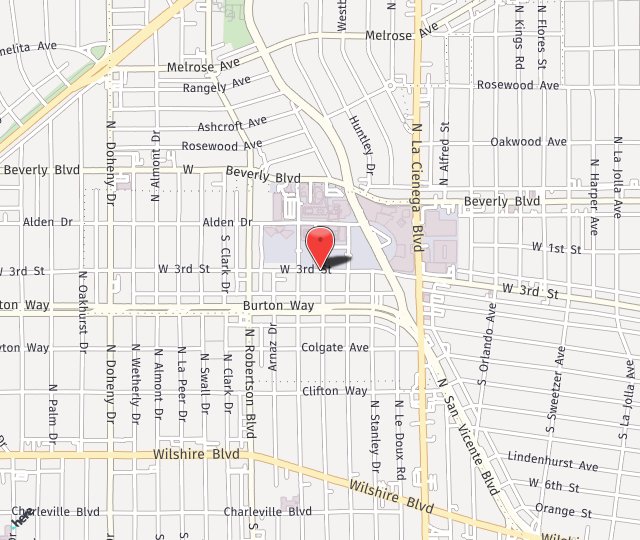When Your Diaphragm Becomes Paralyzed
- Posted on: Apr 15 2020
 Our diaphragm is a muscle that separates the chest and the abdominal cavities. It also is the major muscle we use for breathing. The diaphragm is controlled by the phrenic nerve.
Our diaphragm is a muscle that separates the chest and the abdominal cavities. It also is the major muscle we use for breathing. The diaphragm is controlled by the phrenic nerve.
When one of the three nerves that make up the phrenic nerve is injured, this can lead to phrenic nerve paralysis, also known as a paralyzed diaphragm.
Dr. Seruya can diagnose and organize the physical therapy that is the first line of treatment for phrenic nerve paralysis. If necessary, he can also perform surgery to reconstruct the damaged nerve.
The phrenic nerve
Three major nerves exit the spinal cord in the neck and combine to form the phrenic nerve. Right and left phrenic nerves travel between the lung and heart to power each side of diaphragm. When breathing in, the diaphragm drops to allow the lungs to pull in air. To breathe out, the diaphragm rises, and this pushes air out of the lungs. Paralysis of the phrenic nerve can be on one or both sides.
What are the symptoms of a paralyzed diaphragm?
When the phrenic nerve is injured, there is no communication between the brain and the diaphragm, and this will make it difficult to breathe. If the injury is only on one side, the patient may still be able to move the diaphragm enough to breathe, although not as well as normally. If both sides are injured, the patient will not be able to breathe. Obviously, this is a medical emergency.
What causes phrenic nerve paralysis?
These are the causes and risk factors for this condition:
- Cancer in the lung or in the lymph nodes that compresses the nerve
- Surgical trauma, such as injury during a cervical procedure
- Birth trauma that injures the phrenic nerve in newborns and infants
- Amyotrophic lateral sclerosis (ALS), multiple sclerosis, muscular dystrophy, or other neuromuscular disorders.
- Spinal cord disorders and quadriplegia
- Neuropathic disease including thyroid and autoimmune disease
How is phrenic nerve paralysis treated?
Patients who have this condition work with a physical therapist to strengthen the diaphragm and to use the rib muscles and neck muscles to help with breathing.
If the condition doesn’t improve, or if the patient is dependent up a mechanical ventilator, Dr. Seruya may need to perform surgery. He may use one or more of these approaches:
- Removing scar tissue from around the nerve to allow electrical signals to travel more easily across the nerve
- Cutting out the scar tissue that is filling the nerve gap and bridging it with a sensory nerve
- Selecting a motor nerve from a healthy (but less important) muscle group and transferring it to the injured phrenic nerve
Do you have questions about diaphragm paralysis, or do you wonder if you could have phrenic nerve damage? Please call Dr. Seruya at (310) 423-2129 to schedule a consultation.
Posted in: Phrenic Nerve Paralysis

